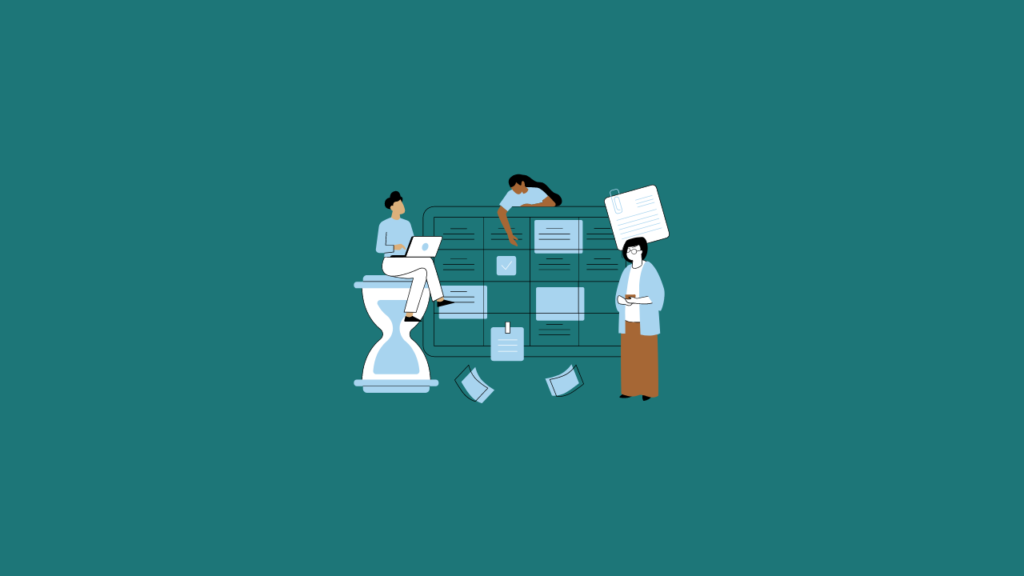Many business owners believe that managing health and safety is a complex task requiring lots of time and monetary resources. This perception is made because businesses need to deploy different programs and systems to ensure the safety of the employees. However, once you get a hold of how the system works, managing health and safety becomes effortless.
According to the International Occupational Health and Safety Standards (OHS), an entity must know how to recognize, administer and control health and safety risks. Businesses have to comply with the OHS standards along with ISO 9001 (quality) and ISO 14001 (environmental) management standards.

Companies often rely on the management system for seamless compliance with the set standards. It helps protect the company staff both inside the premises and on the field. It eliminates the chances of error, ensuring consistent results. To accomplish these results, it is critical to choose the right system.
Key Elements Of A Health And Management System
Plan:
It is critical that everyone in your organization is well-versed with the meaning of health and safety in the workplace. You can create an employee handbook for the same purpose.
To formulate a policy incorporating the use of a management system, begin by assessing the overall risk. And accordingly, create measurable objectives. It will ensure that the program or software collects data as accurately as possible- building consistency.
Do:
Ensure that everyone in the organization understands the set policy and software, whether they work from the premises or on the field. Conducting an audit using Health and Safety Inspection Software will also come in handy here. This makes it easier for the managers and employees to report hazards and specific incidents. In addition to this, your team can create detailed notes of safety meetings, track the issues and take appropriate action to resolve them.
Note: Make sure the software you are using includes appropriate templates that help streamline your work. Likewise, it must have different equipment with hierarchies, enabling thorough inspection of the assets.
Check:
Implementing the policies and using the inspection software is not enough. You must consistently measure the performance. It will ensure that the risks identified are properly addressed.
Ensuring transparency in the system is also critical here. It ensures compliance with the government rules and regulations and protects the business from bearing heavy fines or penalties.
Act:
Last but not least, after setting up the system, you need to examine its functioning. Check whether or not the software installed offers promising results. Observe whether the real-time reports are obtained or not. Collecting this data will help improve the system to a great extent. It will also boost employee morale, lower the likelihood of committing the violation, and accelerate the company’s long-term prospects.
Nevertheless, keep in mind that the collection of data requires flexibility; otherwise, it may affect the accuracy. So, you must teach the employees all the procedures without forgetting or hiding any information.
Wrapping It All Up
These are the key elements of a health and management system that you must keep in mind. Using software will allow you to make your workplace safe, preventing unfortunate events with ease.
